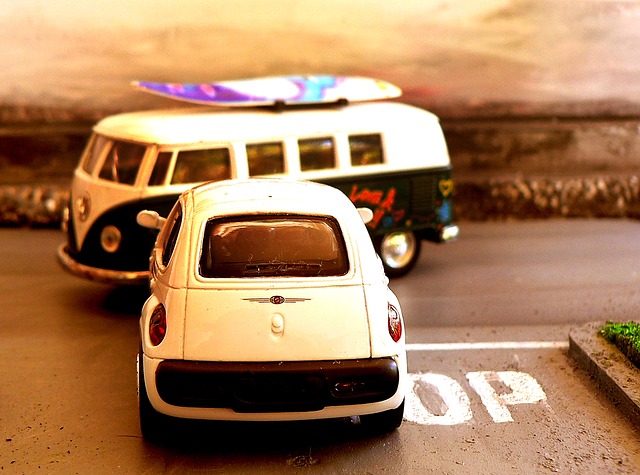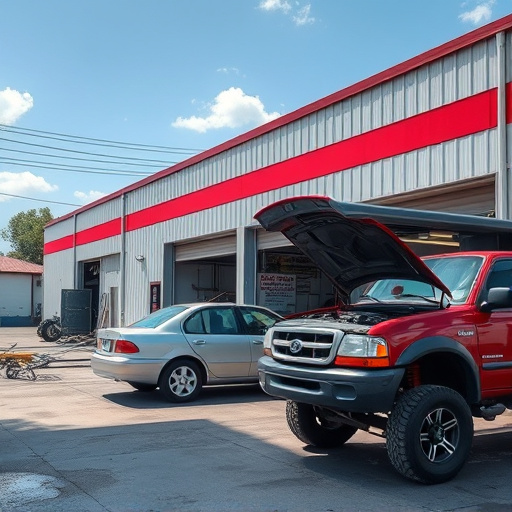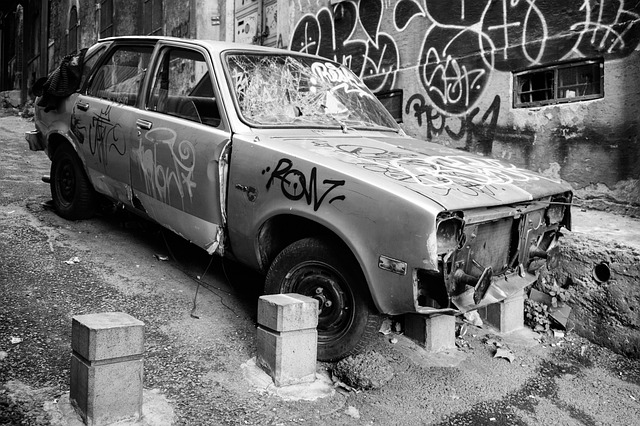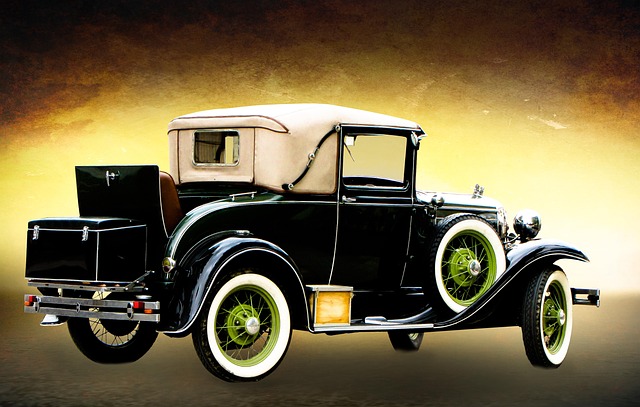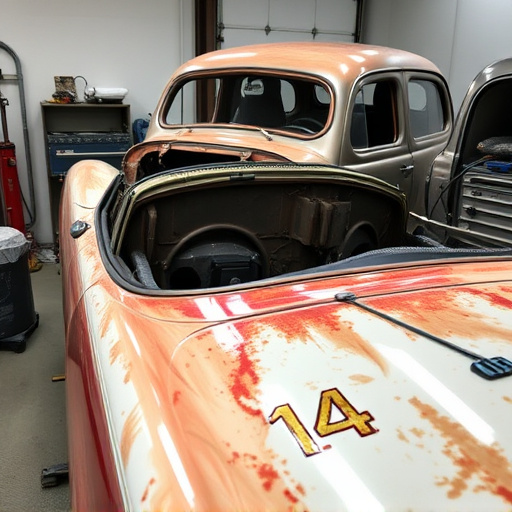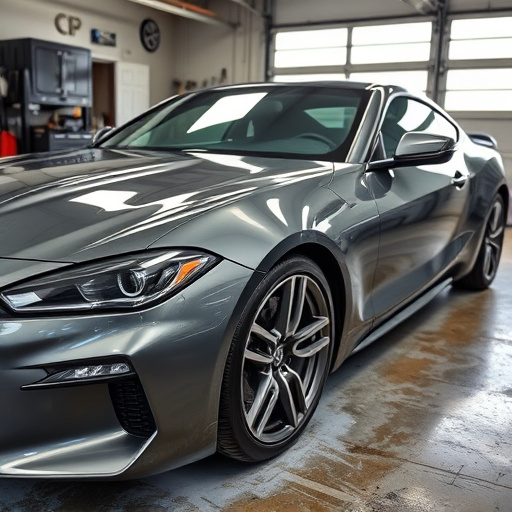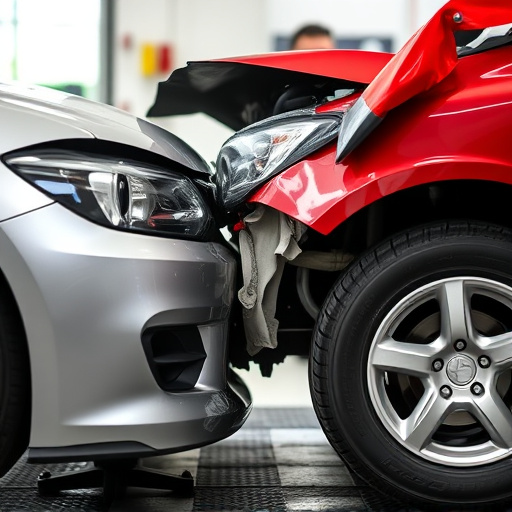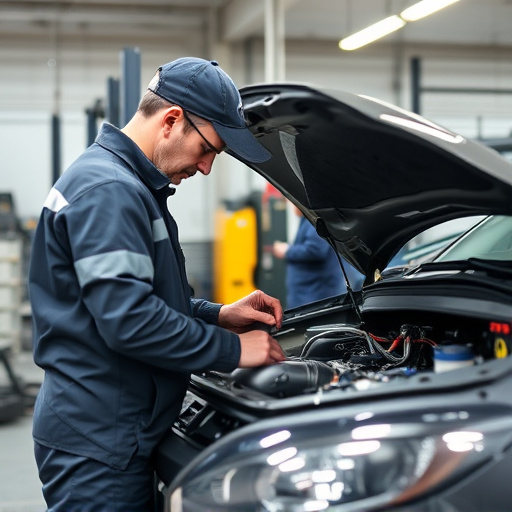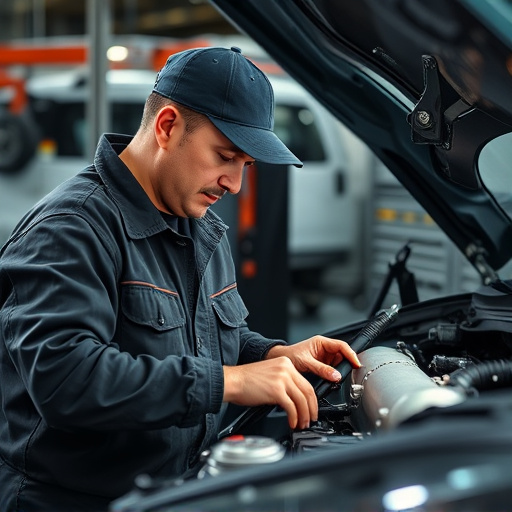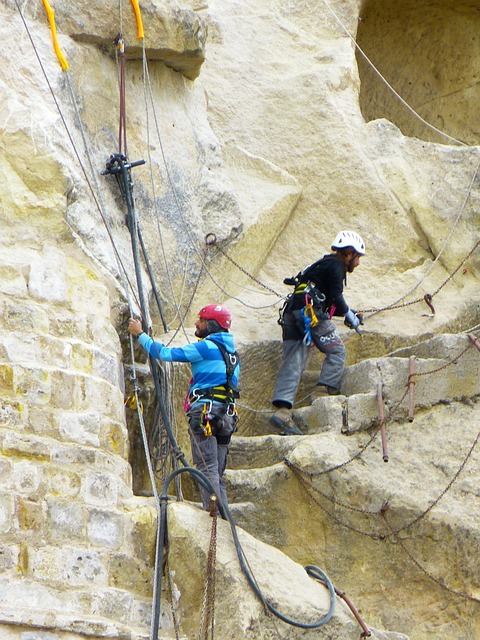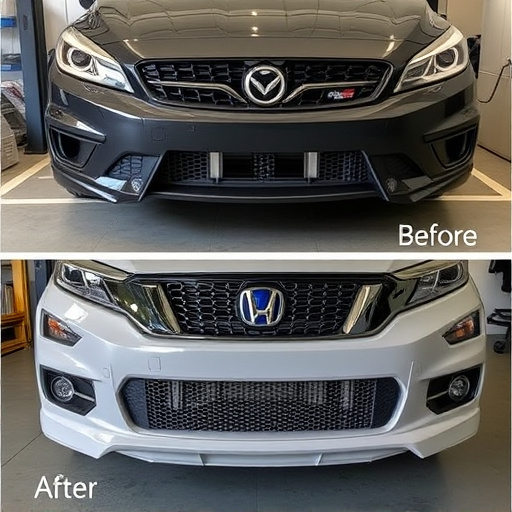Mercedes Distronic Calibration is a sophisticated technology that optimizes safety and performance in modern luxury cars by synchronizing software and hardware components. This process involves precise adjustments to ensure improved acceleration, braking response, and handling dynamics. Regular calibration, crucial for high-performance Mercedes models, ensures optimal performance post collision repair or body work while adhering to stringent safety standards. The success depends on the harmonious collaboration between OEM software and hardware, enabling adaptive cruise control systems like Distronic to maintain secure following distances through sensor data processing and vehicle system control. Maintaining proper sync is vital for peak vehicle performance and enhanced safety in advanced driver-assistance systems (ADAS).
Mercedes Distronic calibration is a cutting-edge system that ensures precise adaptive cruise control, enhancing safety on modern roads. This article delves into the intricate process, highlighting the symbiotic relationship between OEM software and hardware. We explore how original equipment manufacturer (OEM) components work in harmony to deliver optimal performance, reliability, and efficiency. Understanding this synchronization is vital for vehicle owners and service technicians alike, as it underscores the importance of regular maintenance to keep Mercedes Distronic systems at peak performance.
- Understanding Mercedes Distronic Calibration: A Brief Overview
- The Role of OEM Software and Hardware in Calibration Process
- Benefits and Best Practices for Maintaining Sync in Modern Vehicles
Understanding Mercedes Distronic Calibration: A Brief Overview

Mercedes Distronic Calibration is a sophisticated system that ensures the seamless integration of OEM (Original Equipment Manufacturer) software and hardware in Mercedes vehicles. This innovative technology plays a pivotal role in maintaining the performance and safety of modern luxury cars. At its core, Distronic calibration involves precise adjustments to the vehicle’s control units, sensors, and actuators, enabling them to work in harmony.
By keeping the software and hardware components synchronized, the system offers numerous benefits, including improved acceleration, enhanced braking response, and better handling dynamics. This calibration process is particularly crucial for high-performance models, as it optimizes their driving experience while adhering to stringent safety standards. Moreover, regular calibration ensures that any discrepancies or deviations caused by auto body work or collision repair at a trusted shop are rectified, maintaining the vehicle’s optimal performance and operational efficiency.
The Role of OEM Software and Hardware in Calibration Process

The success of Mercedes Distronic calibration heavily relies on the seamless integration and synchronization between the original equipment manufacturer (OEM) software and hardware components. OEM software acts as the brain, providing precise control and calculations for adaptive cruise control (ACC) systems like Distronic. This advanced technology uses sensors and cameras to monitor road conditions, vehicle speed, and distance from other cars, enabling dynamic adjustments to maintain a safe following distance.
Meanwhile, the hardware plays a crucial role in executing these commands by accurately interpreting sensor data and controlling various vehicle systems, such as braking and throttle. The synchronization between OEM software and hardware ensures that the Mercedes Distronic system operates at its peak performance, offering drivers a smooth, responsive, and safe driving experience. Maintaining this sync is vital for optimal calibration, ensuring the auto body shop or car repair services specializing in Distronic calibration adhere to stringent standards.
Benefits and Best Practices for Maintaining Sync in Modern Vehicles

Maintaining proper sync between Mercedes Distronic calibration software and hardware is paramount for optimal vehicle performance and safety. Modern vehicles, with their intricate systems, rely on seamless communication between various components, from sensors to control units. Regular calibration ensures that the system accurately processes data, allowing for precise speed regulation and adaptive cruise control—features integral to advanced driver-assistance systems (ADAS). This, in turn, enhances driving experience and contributes to road safety by preventing accidents due to human error.
Best practices for sync maintenance involve adhering to manufacturer guidelines and scheduling regular updates. As vehicles age or undergo modifications, such as auto collision repair or auto glass replacement, calibration can be affected. Therefore, it’s essential to have a qualified technician perform routine checks and adjustments. Additionally, staying informed about software updates and promptly installing them is crucial, as these patches often address performance bugs and incorporate the latest safety features. Regular auto maintenance not only keeps your Mercedes Distronic system in top condition but also ensures compliance with road safety standards.
Mercedes Distronic calibration is a complex process that requires a harmonious blend of OEM software and hardware. By maintaining this crucial sync, vehicle dynamics are optimized for enhanced safety, comfort, and performance. Regular updates and adherence to best practices ensure the system remains accurate and efficient, thereby prolonging the lifespan of Mercedes’ cutting-edge technology.
